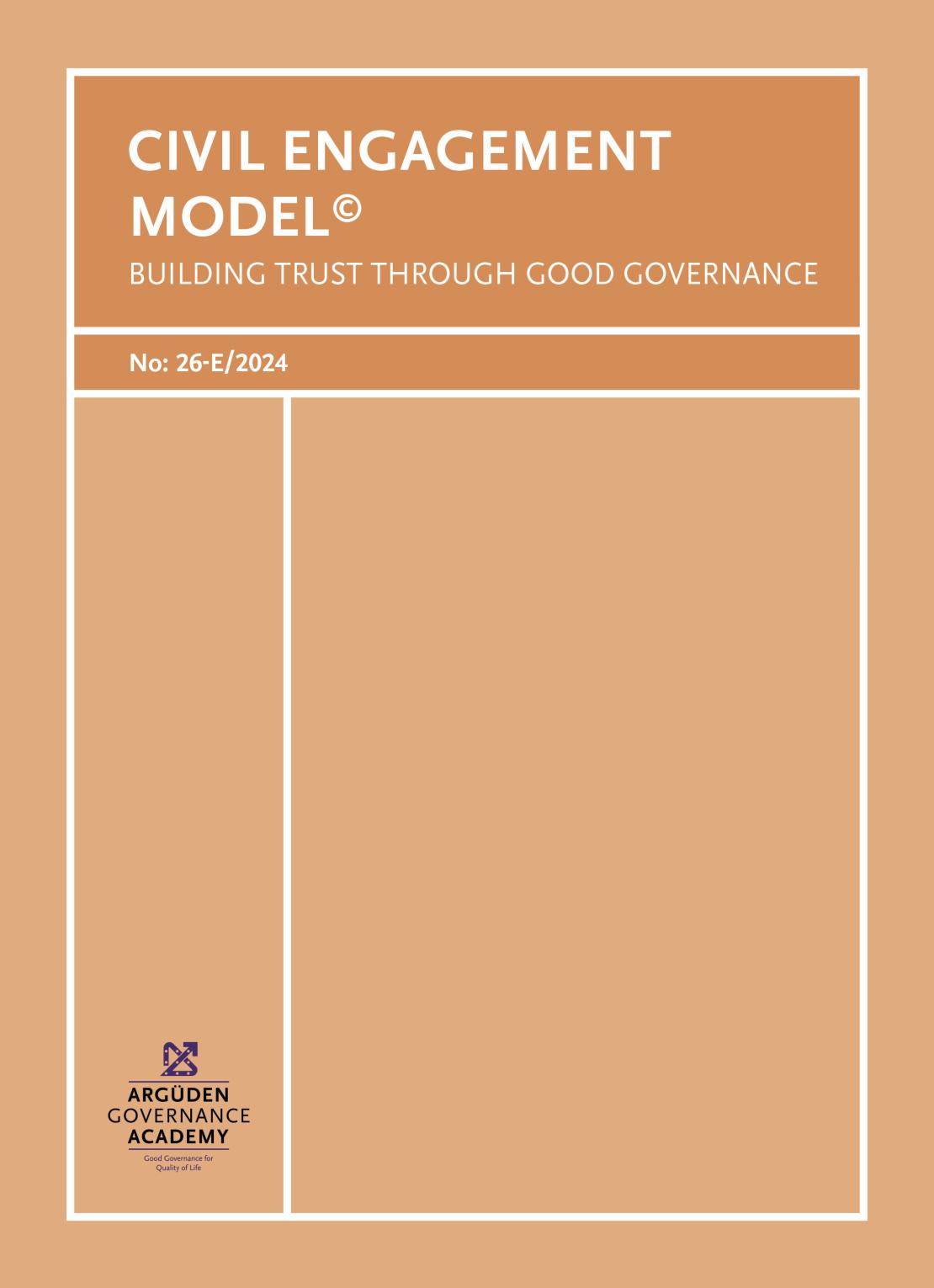Civil Engagement Model©
Building Trust Through Good Governance
“Trust is the essence of good governance and foundation of sustainable development.”
In the current global context, preserving and promoting the democratic system is of utmost importance to improve the quality of life. Building and continuously improving trust for government institutions is the key to reinforcing democracy. Trust for democracy can only be built by adopting good governance with a (i) whole of society, (ii) whole of government, and (iii) whole of the policy cycle approach that focuses on (a) informed, inclusive stakeholder engagement, (b) evidence-based decision making supported by ex-ante and ex-post impact analysis, (c) considering the compliance and enforcement costs, and (d) integrated thinking to help consider material impacts on different stakeholders, mobilization of different kinds of resources, and to support continuous learning.
Similarly, along with public institutions, the corporate sector needs the trust of their stakeholders for long-term success. Sustainability of success for all institutions, whether public, private or non-profit can only be achieved by adopting a long-term perspective, considering the interests of all stakeholders in decision-making, and developing a continuous ability to invest and innovate. Sustainable success can be achieved through integrated thinking, effective implementation, and proper communication of value.
Therefore, stakeholder engagement needs to be inclusive and meaningful, and should be conducted not only at decision stages, but also at service design stages (design thinking), and in providing feedback. Hence, quality of participation, quality of information shared with the stakeholders, as well as the quality of engagement processes are critically important.
The Civil Engagement Model© offers a robust framework for all kinds of institutions striving to improve the trust of their stakeholders. By adopting and embedding good governance principles into their operations, organizations can build stronger, more transparent, and accountable frameworks that not only meet their goals but also foster trust and collaboration among stakeholders.

The Model is not just a guide but a transformative assessment tool for achieving excellence in governance. It is developed with the recognition that the CRAFTED good governance principles must be established, continuously developed, and reinforced in all activities of an institution. The Model operates through three core governance steps—Structure & Direction, Implementation, and Measurement & Learning—applied to four essential management processes: Decision Making, Organization & Processes, Resource Utilization, and Execution. This structured approach ensures that each management process is meticulously aligned with the primary purpose and objectives of the institution and executed effectively. By integrating these steps and processes, the Model fosters a holistic view of governance, ensuring that all activities contribute meaningfully to the institution’s mission.





















